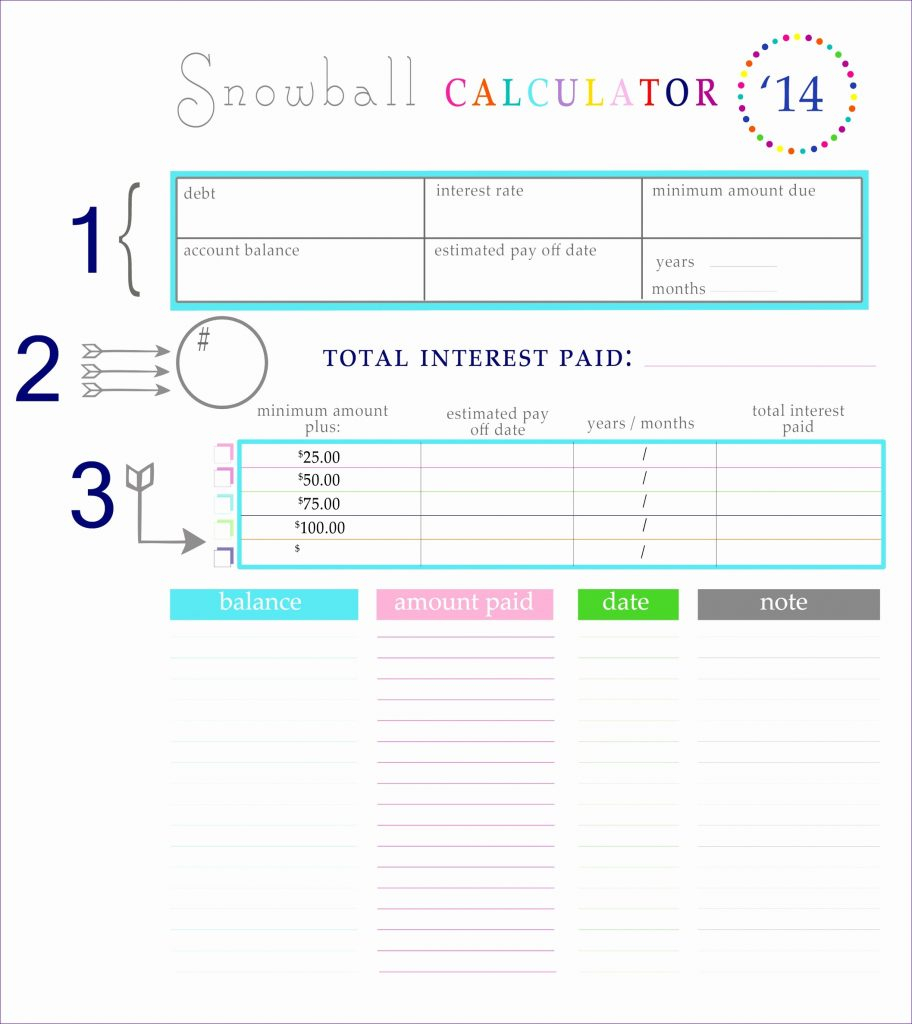

One exception to this is real estate assets, which may have higher residual values after the lease period. For most assets, the longer the lease period, the lower the residual value. Residual value is not exclusive to car leases, but can be leases of any type of asset, as long as it depreciates and can be sold at value once again. As an example, a car worth $30,000 that is leased for 3 years can have a residual value of $16,000 when the lease ends. It is most commonly associated with car leasing. Residual value, sometimes called salvage value, is an estimate of how much an asset will be worth at the end of its lease.

In neither case is equity of the asset being rented or leased actually gained. By definition, a lease refers to the contractual agreement or contract itself, while rent refers to the periodic payment for the use of an asset. Other examples of leasable items include storage, conveyor belts, lighting, furnishings, software, server hardware, aircraft, cleaning equipment, and many more.Īlthough they are often used interchangeably, "lease" and "rent" technically have different meanings. Leasing is often associated with living spaces, working spaces, and cars, but mostly anything that can be owned can be leased. In a typical contractual agreement, the lessee obtains the right to use an asset or multiple assets belonging to the lessor for a specific term in return for regular rental payments. Related Auto Lease Calculator | Auto Loan CalculatorĪ lease is a contract made between a lessor (the legal owner of the asset) and a lessee (the person who wants to use the asset) for the use of an asset, bound by rules intended to protect both parties.


 0 kommentar(er)
0 kommentar(er)
